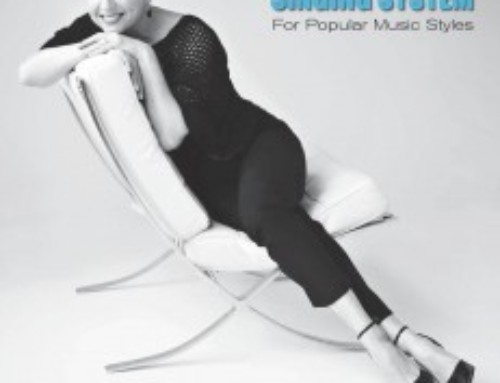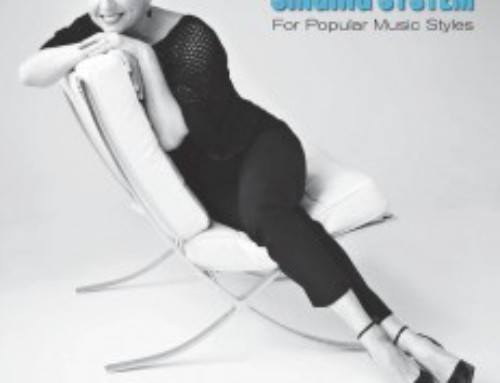
Quote Of The Day:
“It’s all about sound. It’s that simple.”
-Eddie Van Halen
Interesting things, sound checks. As a band or singer, you show up at the venue hours before the show and make sure that all the lines to the sound system and gear are working and that everything will be ready to go come showtime. There are some short cuts to making this process go quickly and smoothly so that everyone on stage gets what they want and need to hear in their monitors, the sound crew gets what they need out front and the lighting person gets a sense of how they want to have the show look.
Communication on stage during sound check is really important. After touring for years with Farmer’s Daughter and sometimes doing up to 200 shows a year, we developed a system that I would like to share with you to help your sound check go efficiently. Because as we knew all too well, the window you have to sound check can get dangerously close to “doors open” time and you want to be out of there well before that moment. (Check out this in depth explanation by Jake, the Red Head in Farmer’s Daughter, about what sound check really means at 9:15 of the video – http://youtu.be/6XyaQV2nOB8).
Sound check will tend to go painfully slow if everyone is noodling on their instruments and not paying attention to what is going on overall. Once the sound crew is ready to do a sound check (or if you are having to run the monitor board and p.a. yourself), everyone should be quiet on stage to make the process go quickly. During our sound checks, we would all be at our positions on stage and would start with the drum kit. Typically, kick drum, snare and high hat are the most predominant parts of the kit and everyone has a preference to what part(s) of the kit they like to hear in their monitors to keep everyone on the same surfboard time-wise. Our system went like this, one of us on mic would ask “who would like kick drum” in their monitor? Anyone who wanted “kick” would put up their hand until the level they wanted to hear it at was reached and then drop their hand down once it was loud enough. This is a great visual for the sound crew and made it easy for them to tell who wanted that particular instrument in their monitor and at what level. We went around the monitor mix circle and everyone got what they wanted. Often I would convey my needs to the monitor tech in percentages. “Can I have the keys up another 10% please?” (Always be curteous to your crew as they can make it really painful for you if you are a jerk). This process of creating the monitor mixes continued with the next instruments one by one: snare, high hat, bass, guitar, keys, vocals etc. While this process is happening on stage for monitor mixes, the front of house sound tech is tweaking what they need to hear in the overall mix out front as well. By the time all the instrument choices were put into the monitors and we ran a few songs to be sure we were hearing everything we needed to in order to deliver our parts optimally, sound check would be complete and we could leave the venue knowing things were in order for the show when we came back later.
Stay tuned next time for Sound Check – Part 2 with a few more tips on how to make the best of your sound checks so that you have an amazing show from your perspective and your audiences’.
Until next time… Breathe… Happy Singing and Sound Checks!
Angela
— Delivered by Feed43 service


